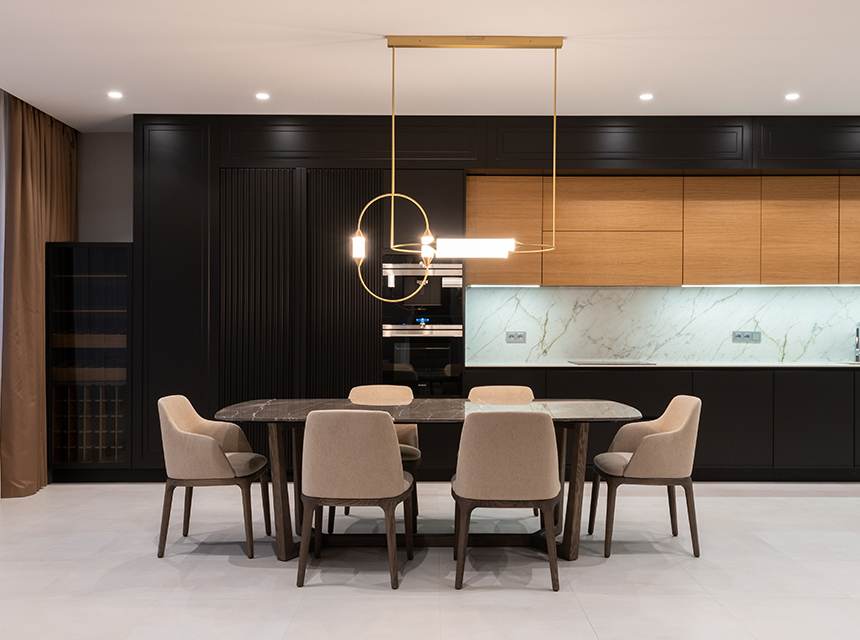
Smart Living
Smart living in a new construction refers to the integration of advanced technology and automation systems to enhance convenience, efficiency, safety, and sustainability within residential buildings. These features aim to create a more comfortable and connected living environment for occupants. Here are some key components of smart living in new constructions:
1. Home Automation: Smart homes are equipped with automation systems that allow residents to control various aspects of their homes remotely. This includes lighting, heating, ventilation, air conditioning (HVAC), security systems, and appliances through smartphones or voice commands.
2. Energy Efficiency: Smart living emphasizes energy-efficient technologies such as LED lighting, smart thermostats, and energy-efficient appliances. These systems help reduce energy consumption and lower utility bills.
3. Smart Lighting: Lighting systems can be controlled and automated to adjust brightness, colour, and schedule based on occupancy and natural light levels. Motion sensors and voice commands can also be used to control lights.
4. Smart HVAC: Smart thermostats enable precise control of heating and cooling systems, optimizing energy usage. They can learn residents’ preferences and adjust temperatures accordingly.
5. Security Systems: Integrated security systems include smart locks, video doorbells, surveillance cameras, and alarm systems accessible through mobile apps. These provide real-time monitoring and remote access control.
6. Home Entertainment: Smart living often includes integrated entertainment systems, such as whole-home audio and video distribution. This allows residents to enjoy multimedia content throughout the home.
7. Voice Assistants: Voice-activated virtual assistants like Amazon Alexa or Google Assistant can control various devices and provide information or perform tasks via voice commands.
8. Smart Appliances: Appliances such as refrigerators, ovens, and washing machines can be connected to the internet and controlled remotely. They may offer features like remote diagnostics and energy monitoring.
9. Automated Window Coverings: Motorized window blinds and shades can be programmed to adjust based on the time of day, temperature, or sunlight to enhance energy efficiency and comfort.
10. Smart Sensors: Various sensors throughout the home can monitor environmental conditions, including air quality, humidity, and water leaks. Alerts can be sent to homeowners in case of any issues.
11. Connected Security: Smart living extends to personal safety, with wearable devices and smartphone apps for emergency notifications and location tracking.
12. Home Management Systems: Comprehensive home management platforms centralize control of all smart devices, allowing residents to create customized routines and scenes.
13. Sustainability: Smart living often incorporates sustainable features such as solar panels, energy-efficient windows, and rainwater harvesting systems to reduce environmental impact.
14. Internet Connectivity: High-speed internet and robust Wi-Fi networks are essential for smart living, enabling seamless connectivity and device communication.
15. Community Integration: In some cases, smart living extends beyond individual homes to include community-level smart infrastructure, such as smart street lighting and waste management systems.
The goal of smart living in new constructions and developments is to enhance the quality of life for residents while promoting sustainability and energy efficiency. It provides a connected and adaptable living environment that can be customized to individual preferences and needs.

